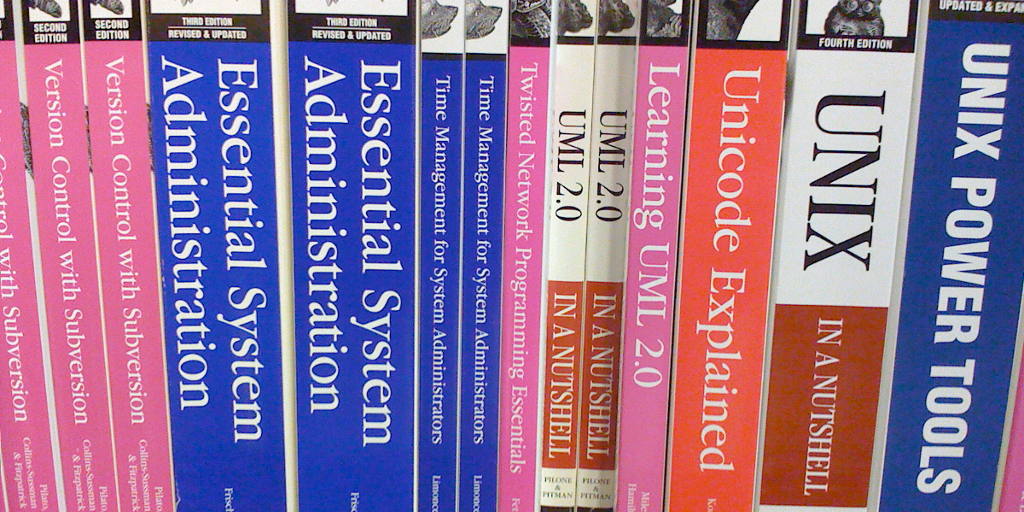In the early days of UNIX, way back when before the Internet, cloud computing and Instagram, the visionaries that invented UNIX at Bell Labs, Ken Thompson and Dennis Ritchie, published a philosophy of software development. At the time, their ideas were revolutionary and represented a paradigm shift about how software should be written1.
Rule #1 of the UNIX creed is “Make each program do one thing well”2.
Back in 2009, when the development team at Match My Email was formed, it was instructed to follow the UNIX philosophy and focus on one thing: email integration for Salesforce. All of the other companies working on email integration, including Salesforce, took a different approach. They spread their development resources over a number of integration points – calendar, contacts, tasks and email. As a result, ten years later, Match My Email is acknowledged as the very best email integration app for Salesforce, whereas the other companies offer email integration tools that lack features, flexibility and the ability to work with a full range of email systems.
The developers at Match My Email were given five design goals.
- Automate the Salesforce email syncing process
- Capture email activity metadata for analytics
- Work with standard and custom Salesforce configurations
- Enable remote user activation and management
- Connect to as many email systems as possible
These design goals were driven by a set of use cases that the Salesforce community was demanding.
- Users don’t like to do data entry; they want an automated tool that syncs emails for them in background, from any device or computer and in real time.
- Users want the email data in Salesforce to be well organized and easy to read
- Users want to know that every email is captured in Salesforce in every relevant record automatically, no email is missing
- Users want to see the emails that their colleagues have sent or received from customers in shared SFDC records
- Users hate duplicate emails in Salesforce so make sure duplicates don’t happen
- Users hate attachment clutter, e.g., signature logos and social media icons filling up Salesforce records, so remove them
- Users expect emails to associate with standard and custom SFDC records
- User want emails to sync to the right Opportunity even if multiple Opportunities are open for the same customer
- Users need a tool to easily create new Salesforce records from email data
- Users don’t want to be involved in the app setup
- Users want to know that privacy controls are in place so their emails are shared with the right people
- Sales managers want email activity data so they can create reports that track user productivity and response times
Ten years later, the Match My Email development team can declare victory. By concentrating their efforts on one goal, email integration for Salesforce, they have built the most advanced, easy to use program on the market. The excellence of their creation is being recognized by more and more Salesforce users who try Match My Email and then find they can’t imagine working in Salesforce without it.
If you would like to experience the joy of truly automated email integration for Salesforce, sign up for a free trial account on the Match My Email web site at https://www.matchmyemail.com/install-salesforce-email-integration/.
- Make each program do one thing well. To do a new job, build afresh rather than complicate old programs by adding new “features”.
- Expect the output of every program to become the input to another, as yet unknown, program. Don’t clutter output with extraneous information. Avoid stringently columnar or binary input formats. Don’t insist on interactive input.
- Design and build software, even operating systems, to be tried early, ideally within weeks. Don’t hesitate to throw away the clumsy parts and rebuild them.
- Use tools in preference to unskilled help to lighten a programming task, even if you have to detour to build the tools and expect to throw some of them out after you’ve finished using them.

